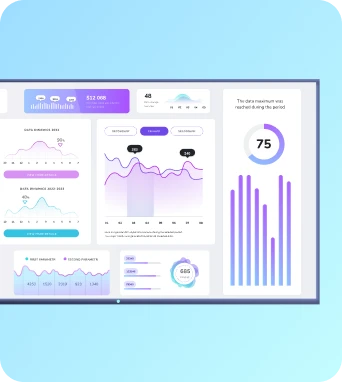Edge computing for digital signage
Edge computing for digital signage refers to the practice of processing data near the source of data generation, reducing latency and enhancing performance for digital displays.
What is Edge computing for digital signage?
Technical Advantages of Edge Computing in Digital Signage
Use Cases of Edge Computing in Digital Signage
Embrace Edge Computing with Fugo Digital Signage
Keep the learning going...
Edge blending
Edge blending is a technique used to seamlessly merge multiple projected images to create a single, unified display, often employed in large-scale visual presentations.
Edge caching for low-latency playback
Edge caching for low-latency playback refers to the strategic storage of digital content closer to the end-user to minimize latency and enhance playback performance, particularly in digital signage networks.
Edge server optimization
Edge server optimization refers to the process of enhancing the performance and efficiency of servers located at the edge of a network, specifically in the context of digital signage, to deliver content faster and more reliably to end-users.



